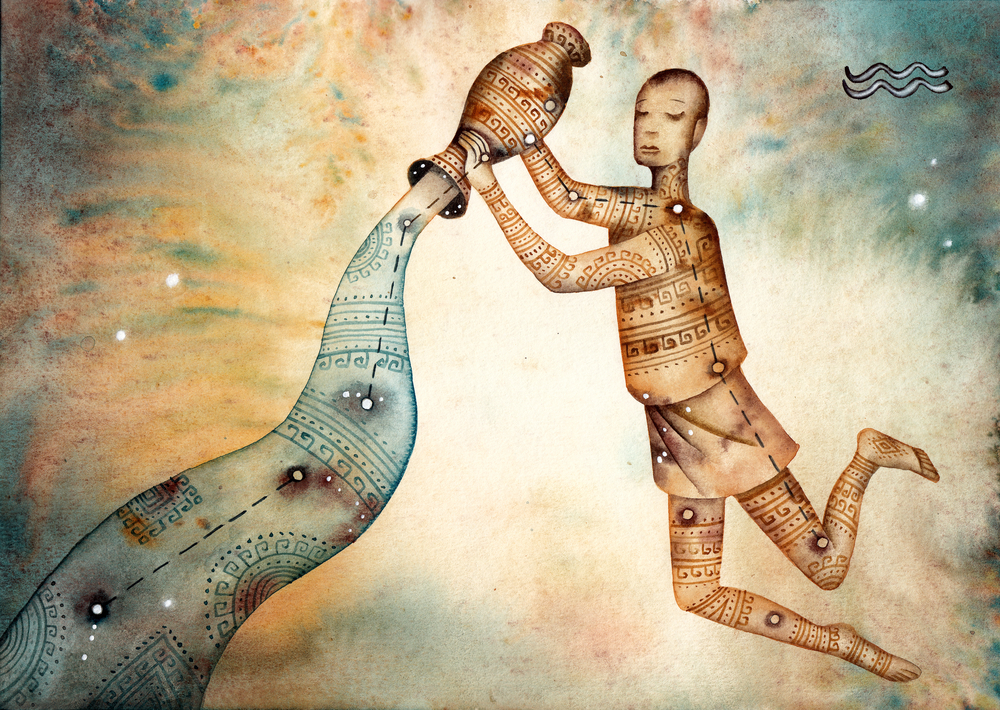
Ever present in this day and age is the erroneous notion that Western medicine has the etymology of most illnesses pinned down and that the indigenous healers were operating from entirely false premises. Nothing could be further from the truth. Often we forget that only the most severe cases of physical and mental ailments were reserved for medicine men; the rest were dealt with by lay doctors who presented variant avenues of relief not unknown to the evolutionary history of Western medicine. There is a wealth of evidence pointing to the fact that drugs, elementary surgery, body massage, and sweating houses had been part of autochthonous healing techniques millennia before the West ever became acquainted with them. It stands to reason that different ones would have appealed to different racial groups and tribes, depending of course on the prognosis and the inherent nature of the disease being treated. Massage may very well have been prescribed to treat muscle cramps, spasms or pain and time in a sweating house to eradicate irritating skin conditions like eczema. A study conducted by the ethnologist G.W. Harley in Liberia in West Africa found that eighty-five percent of known ailments and infections amongst the Mano tribe were treated rationally and not supernaturally. Magical invocation played little to no role in the methodology of the tribal healers who preferred instead to place their faith on the potency of tinctures, potions, and other alchemical preparations made from plant matter.
Alternatively some anthropologists have been so bold as to claim that medicine men can straddle the line between primitive magic and experimental science. Praise of this sort was offered by Canadian anthropologist and ethnobotanist Edmund Wade Davis (born December 14, 1953) when speaking about the role of psychoactive plants in the traditional therapeutic methods of indigenous cultures in North and South America. Another medical missionary and traveller by the name of R.W. Felkin (1853–1926) also published anecdotal evidence in support of the aforementioned sentiment, namely details of a Caesarean section observed in 1879 when he was doing anthropological work in Western Uganda. It’s not uncommon to find rational therapies for the treatment of hysteria or psychosis amongst indigenous peoples either.
According to one ethnologist by the name of J. Qvistad, a native healer of a provincial region known as Lapland in Sweden prescribed methods familiar to Western audiences and met with much success. Typical remedies for the mentally disturbed revolved explicitly around the recognized ancient Greek motif “everything in moderation”. Patients were instructed to maintain a healthy sleep-wake cycle that included sleeping and waking early; to abstain from narcotics and drugs of dependency that engendered or contributed to anxiety and unrest; and to connect with their interests and passions. Furthermore, personal hygiene was of the utmost importance and frequent bathing in both saltwater and freshwater was avidly encouraged. Qvistad’s hypothesis was that if the mentally disturbed were not disenfranchised or made to feel different or inferior, then their internal psychic thermostat would do the rest by expunging the “diseased” portions of the psyche. In a great many cases it seemed to work!









